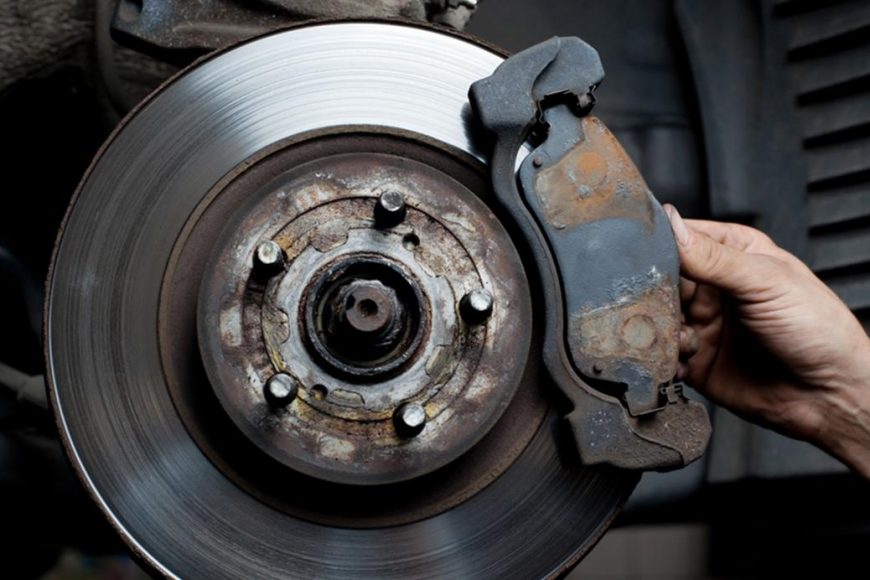- November 1, 2018
- By Gemma Potaka
- In Uncategorized
- 2062
- 0

Here we’ve compiled a list of common brake problems in which you may not be aware of… if you think your car is experiencing one of these issues give us a call today!
Usually indicates a leak in the brake system which poses a serious safety hazard. The callipers, wheel cylinders, brake hoses, brake lines, and master cylinder all need to be inspected. If a leak is found, the defective component must be replaced or rebuilt. The vehicle should not be driven until the repairs can be made because a leak may lead to brake failure.
Can result if shoe adjusters on drum brakes stick and fail to compensate for normal lining wear. Adjusting them may restore a full pedal, but unless the adjusters are cleaned or replaced the problem will return as the linings wear. Other causes include worn brake linings or a fluid leak.
Means there’s air in the brake system either as a result of improper bleeding, fluid loss or a very low fluid level. The cure is to bleed the brakes using the sequence recommended for the specific vehicle. Another possible cause is a rubber brake hose that is “ballooning” when the brakes are applied.
Also, possible causes include worn brake linings, misadjusted drum brakes, and air in the brake lines. Potentially dangerous because the system may run out of pedal before the vehicle can be safely stopped.
A dangerous condition caused by worn internal rubber seals in the master cylinder or a leak in the hydraulic system will not allow the brakes to hold pressure.
Indicates DTV and the brake rotor needs to be resurfaced or replaced. The faces of a rotor must be parallel (within 0.0005 inch / 0.0127mm on most cars) and flat (no more than about .002 inches or 0.050 mm of run out). Don’t forget the wheel bearings (if serviceable) – they’ll need to be cleaned, inspected and repacked with grease. New grease seals will also be needed.
Furthermore, this indicates a torque variation in the brakes. This is commonly associated with friction material deposits on the disc rotors causing a grab and release motion. The intermittent torque from left to right pulls on the steering rack and transfers to the steering wheel. Also, steering wheel vibration can also indicate DTV when combined with a pedal pulsation. Check for friction material deposits (dark patches) first.
Commonly caused by rotors that have been machined
Ask us about our special of the month.
Supply and Fit Front Brake Pads – Most Popular Vehicles – $99 incl GST *
* Conditions Apply





